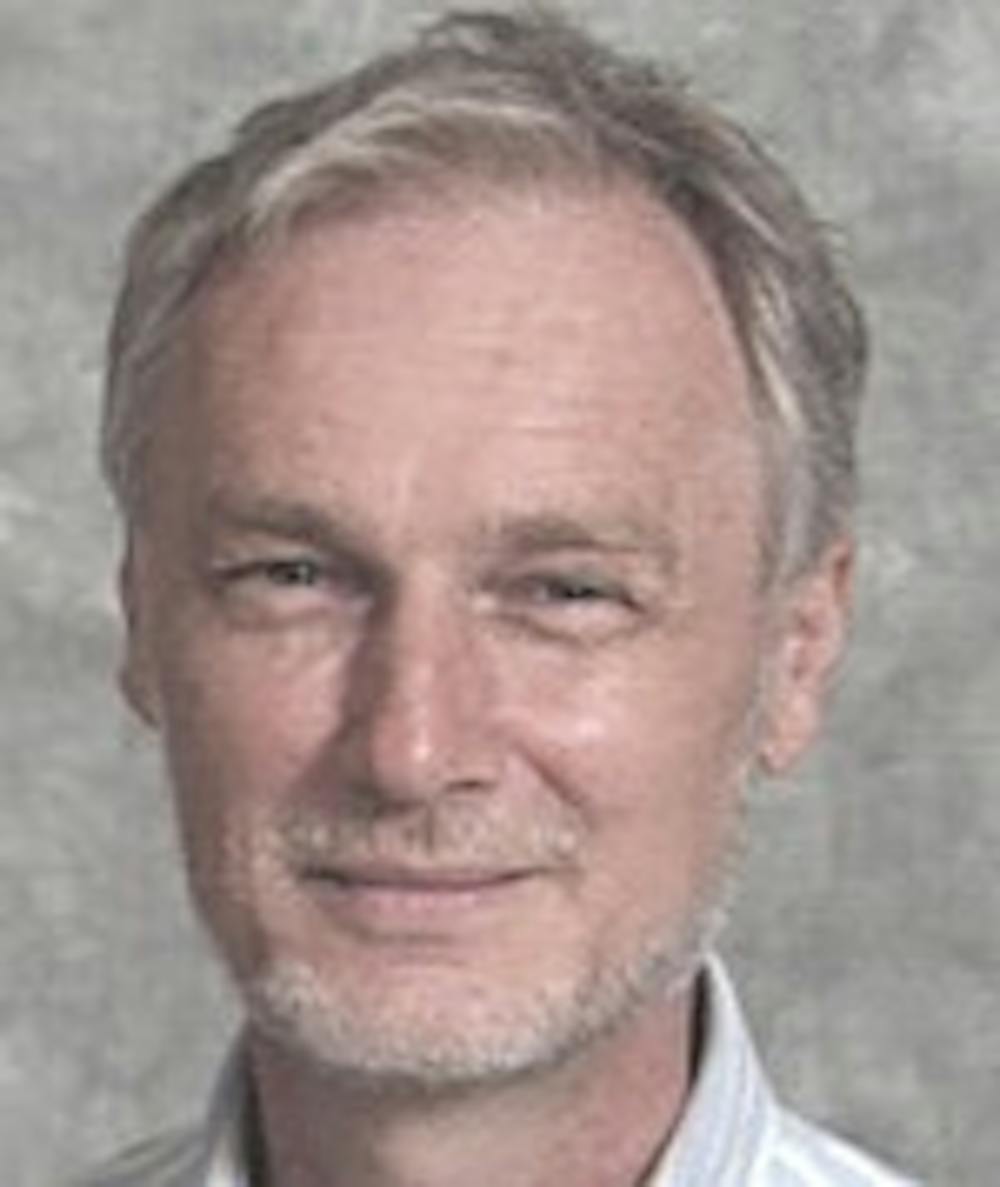SpaceX launched and landed a Falcon rocket Sunday from a historic NASA launch pad at Kennedy Space Center in Florida. This mission was a step forward for Elon Musk's company — they plan to send a rotation of people to the International Space Station and eventually to Mars. Daily Tar Heel Staff Writer Luke Bollinger spoke with Gerald Cecil, a UNC astrophysics professor, to discuss the privatization of the space industry and the future of space exploration.
The Daily Tar Heel: With this new element of a competitive space industry within the U.S., do you think this is good for research and further development?
Gerald Cecil: Yeah, it is good. What it does is lower the entry point for payloads into space. If you can get the costs of flying one of these things down to a few million bucks, then any university level (principal investigator) who’s interested and wants to do something in zero G can fly on a Falcon up to a Bigelow-inflated space station and sit up there for years. At the moment, the entry point is more involved because you go through NASA. There are multiple runs before you fly your payload on the space station. With a privately available space station and private launching, cost price should be much lower.
DTH: What is NASA’s role right now? Obviously they are still involved, but in what capacity?
GC: They run the space station. They run all of the science operations on the space station. They’re responsible for contracting the rocket boosters. They don’t provide their own booster; they contract them from SpaceX and Orbital ATK and a couple of other companies. Eventually, the idea would be that NASA would give up all of the low earth orbit stuff, including the space station, and focus on more distant destinations. I think we have to get to the point where Bigelow demonstrates that they can inflate one of their big space station modules and stick a couple together. All they have to do is stick two together and they get almost the same volume as the International Space Station.
DTH: How does a company’s motivation to make a profit and make money for its shareholders affect the type of research or product design that they do?
GC: The most successful space products that have come out so far have been in pharmaceuticals. There was a flurry of all that in the '80s and '90s, when the shuttle started flying. I don’t really think there’s been any substantial advances since the space station got operational. Most of the programs you hear about are the NASA programs testing limited technologies potentially available for long-duration space flight to Mars and so on.
DTH: One of the big conversations you hear when discussing privatizing space exploration is space tourism. Could this possibly be a big funding factor? How would space tourism factor in the process of research and development?
GC: Bigelow’s modules are designed to be outfitted in some sort of configurations such as luxury, zero-G accommodation. If SpaceX demonstrates that all people have to do is endure a few gravities for eight minutes and half an hour down, then money is really the only issue. If you can crash the cost of access to space to 20 or 30,000 bucks, you’re looking at people who would normally take a cruise somewhere in a luxury yacht or whatever now considering going up to space. What they do up there is another matter. After you’ve had your sky-high club experience, you can look out the window. There’s got to be some level of interaction up there that can’t be done on the ground. Pretty much, it’s just the view at this point. If Bigelow is able to inflate something big enough, then you can imagine people floating around in giant volumes, in football stadium volumes. That could be kind of amusing, flying around and everything. But, there’s not much discussion of that at the moment.



